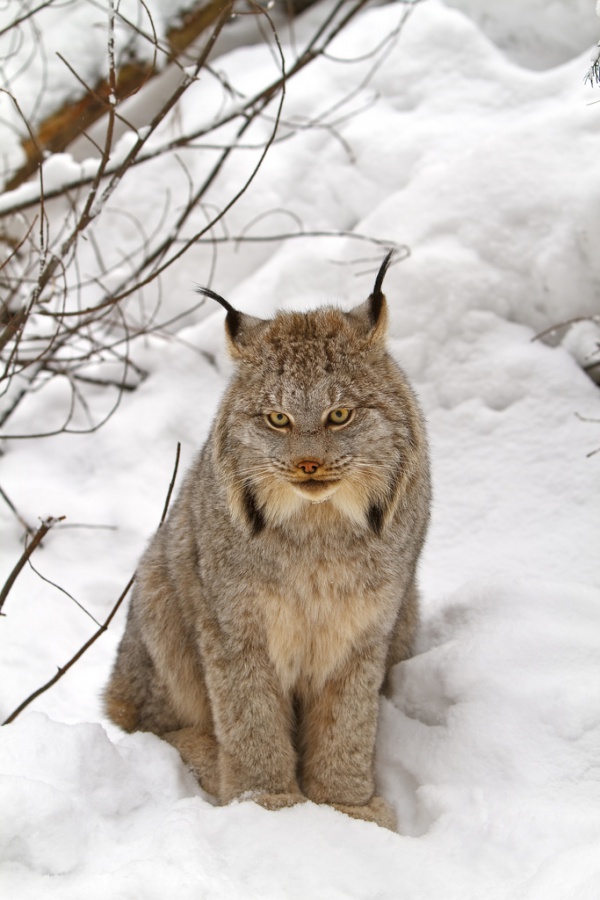Facts About Canadian Lynx
The Canada lynx is a medium-sized feline native to North America, recognized by its long, dense fur, triangular ears with black tufts, and wide, snowshoe-like paws. This cat has a strong preference for snowshoe hares, which form the primary component of its diet and create a cyclical predator-prey dynamic. Predominantly nocturnal, the lynx employs ambush tactics to capture its prey. It is a solitary animal, interacting with others mainly during the mating season or while raising its young. The Canada lynx typically inhabits boreal forests and is currently listed as Least Concern on the IUCN Red List, indicating a stable population with no major threats.
In terms of classification, the Canada lynx was first described by Robert Kerr in 1792. While its taxonomy has been the subject of debate over the years, it is generally accepted as a distinct species within the Lynx genus, which also includes the bobcat and Eurasian lynx. Although three subspecies have been proposed, their validity is questionable due to minimal differences in their physical and genetic characteristics.
The Canada lynx is well-adapted to its environment. It boasts long, thick fur, retractable claws, and large, broad paws that assist in traversing snowy landscapes. Its diet mainly comprises snowshoe hares, although it occasionally preys on other small mammals. The lynx’s reproductive habits are closely tied to the availability of prey, with females giving birth to one to eight kittens following a gestation period of two to three months.
Human interactions with Canada lynx primarily involve trapping them for their fur in Alaska and Canada. Hunting regulations, including seasons and quotas, are based on population data to ensure sustainable practices. In the contiguous United States, habitat loss poses a significant threat, and there have been instances of hybridization with bobcats. Conservation efforts are in place to protect lynx populations, including successful reintroduction programs in some areas.

 Canada
Canada